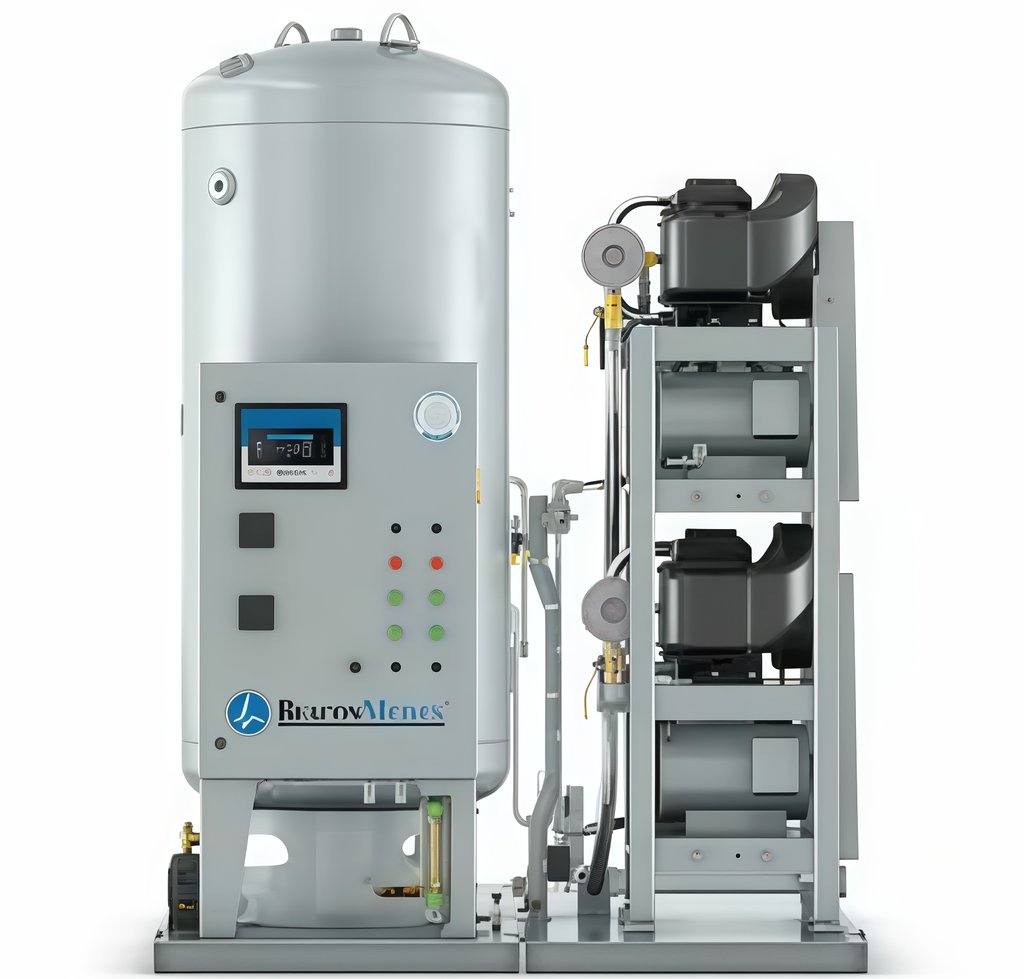Understanding the Differences Between Medical Air and Compressed Air
10/18/20252 min read


Introduction
In medical facilities, the quality of air is critical for patient safety and operational efficiency. This discussion will elucidate the fundamental differences between medical air and compressed air, two essential components of healthcare operations. Understanding these differences is vital for ensuring that medical environments adhere to the highest safety standards.
Medical Air
Medical air is specifically designed for needs in healthcare settings. It serves functions such as ventilating patients, powering medical equipment, and supporting respiratory therapies. The source of medical air typically comes from a dedicated compressor system that is compliant with the necessary regulations and standards set forth by health authorities.
Purity in medical air is of utmost importance. It must meet strict criteria to ensure that it is free from contaminants, suitable for clinical use. The air is filtered and treated to eliminate pollutants, moisture, and oil, ensuring that every breath taken by patients is safe. Regular monitoring is essential to maintain this purity and compliance with National Fire Protection Association (NFPA) standards.
Compressed Air
On the other hand, compressed air is a versatile utility commonly used across various industrial applications, including hospitals for non-medical tasks like powering tools and cleaning. The source of compressed air can be the same compressors found in medical air systems; however, it is often not subjected to the same rigorous filtration processes.
The purity of compressed air is generally lower than that of medical air, as it does not need to meet the stringent standards required for patient care applications. Compressed air can contain contaminants, including moisture and oil, which can pose risks if inadvertently used within medical equipment.
Mixing Medical Air and Compressed Air: A Dangerous Proposition
The integration of medical air and compressed air can result in catastrophic consequences. Even a small amount of compressed air introduced into the medical air system can compromise the sterility and safety required for patient care. This underscoring danger necessitates that each hospital’s medical gas pipeline system (MGPS) be meticulously managed.
It is imperative for healthcare facilities to establish dedicated pipelines for medical air and properly label them to avoid confusion. Regular audits of air quality and system integrity are crucial in safeguarding against the risks posed by mixing these two air types.
At Medevice, we specialize in designing and auditing MGPS systems that maintain absolute air purity—because every breath in a hospital must be safe.
🌐 Learn more: www.medevices.in
Services
© 2024. All rights reserved.
Products


We're Making it easier to find Better Medical Devices
Find us on Map:
Contact Information
Phone: +91 9029457428 | +91 9833236604 | +91 7506374381
Email : medevices2018@gmail.com | sales@medevices.in
